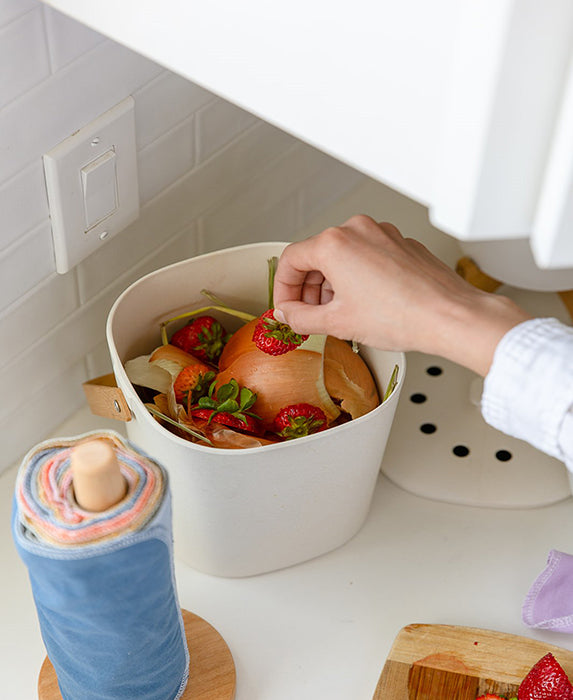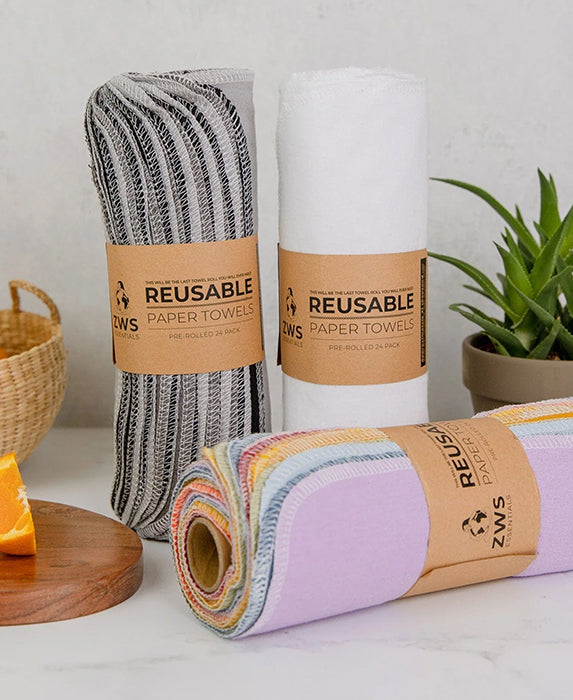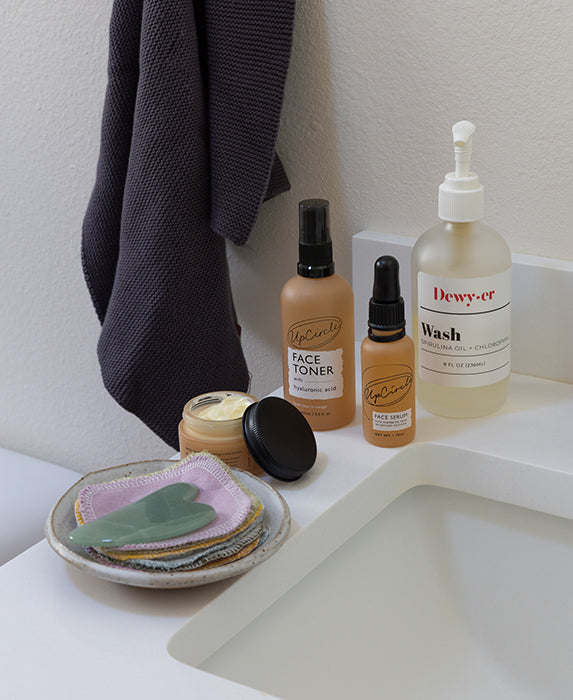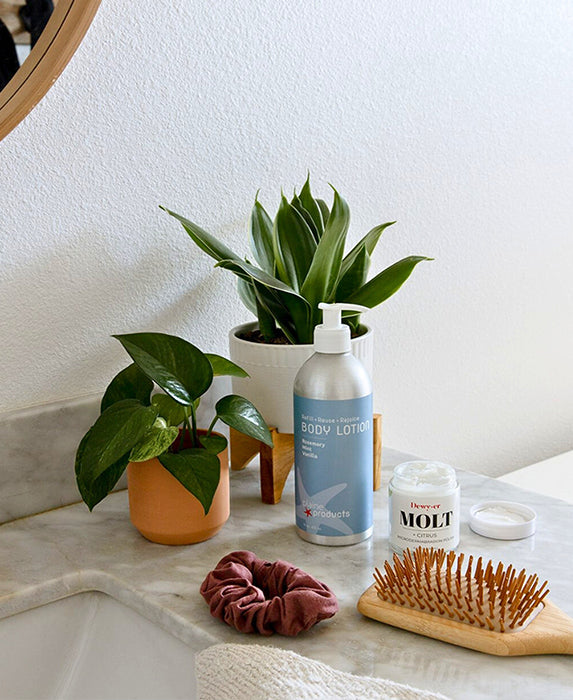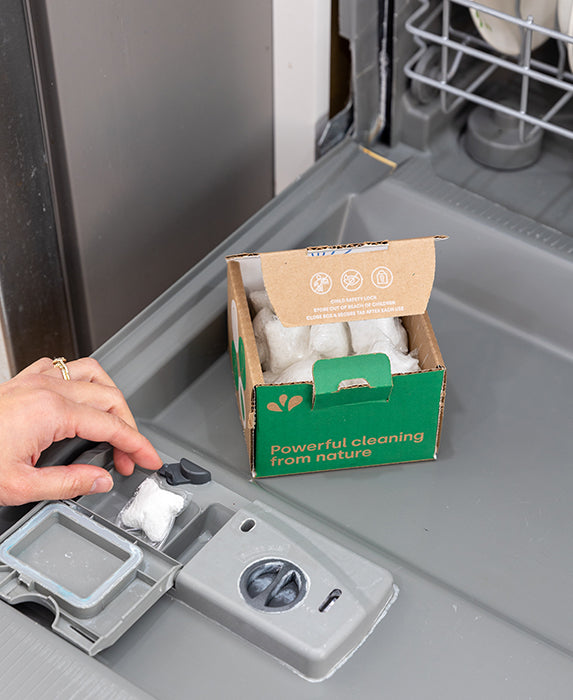Organic food has become more commonplace, as more and more people understand the benefits of produce grown without pesticides. Yet, when it comes to organic fabrics it’s still a mystery to many!
What’s the problem with conventional cotton? why is organic cotton better for the planet, and what are the other benefits? How is it regulated? what organic cotton products can I buy and where?
To answer all your questions, we’ve pulled together all the crucial information on organic cotton into one handy sustainable cotton fabric guide. From highly-respected certifications to comfy undies and socks, this is your go-to for everything you need to know about sustainable cotton.
Contents
- What’s the Problem With Conventional Cotton?
- What Is Organic Cotton?
- What Are The Benefits Of Organic Cotton?
- How To Identify Organic Cotton?
- Organic Cotton Certifications
- The Global Organic Textile Standard (GOTS)
- USDA Certified Organic
- Textile Exchange’s Organic Content Standard (OCS)
- 20 GOTS Certified Organic Cotton Products For The Whole Family
- Baby Products
- Bedding
- Bags
- Underwear
- Clothing & Accessories
What’s the Problem With Conventional Cotton?
Whatever you’re wearing right now, as you read this, we’re fairly sure at least one item of clothing will be made from cotton. Are we right? That’s because approximately half of what we wear contains cotton.
Often dubbed ‘‘the thirsty crop’’, the main problem with conventional cotton is that it takes thousands of litres of water to grow it, and even more to dilute the large amounts of pesticides and fertilisers often used in the farming process. These chemicals are then washed into waterways, poisoning the environment, and contaminating water supplies which poses a huge health risk for the local communities.
Luckily, the world is starting to cotton on and organic farming methods are becoming more commonplace to grow this crop.
What Is Organic Cotton?
Unlike conventional cotton, organic cotton is grown through sustainable practices that prioritize soil health and water conservation. It’s grown without synthetic pesticides or fertilizers, using methods that are better for the environment and the farmers. The result is a natural and eco-friendly fabric, that is often softer and better for the skin too.
What Are The Benefits Of Organic Cotton?
The choice to go organic doesn't just impact the environment – it directly affects the health and well-being of the communities growing it, and you and your family, too!
It’s safer for our skin
A huge benefit of organic cotton is that it’s safer for the skin. Many cheaply made fabrics - including conventional cotton and cotton blends - are packed with chemicals that have been found to have negative and toxic effects. Whereas organic cotton is a hypoallergenic fabric, that’s naturally breathable and soft to touch, making it a healthier choice for babies, toddlers, and those with skin allergies, and a more comfortable option for clothing, bedding, and more.
It helps keep the planet clean
Choosing organic materials eliminates the use of insecticides and other harmful chemicals that pollute soils and waterways.
It provides a healthier working environment for farms
By steering clear of toxic chemicals, farm workers experience less exposure to hazardous conditions, making it a socially responsible choice.
It has less climate impact
By using natural techniques instead of fossil-fuel-based fertilisers to grow their cotton, growing organic cotton has been shown to have a 46% reduced global warming potentional.
It reduces water usage
Organic cotton farms typically depend on natural rainfall instead of heavy irrigation or well water. Plus, organic farming boosts soil health, which helps it retain water more effectively and reduces the need for additional watering.
How To Identify Organic Cotton?
So by now you’re convinced organic cotton is the best option for you - but how do you find it? And how do you navigate ‘‘greenwashing’’ claims?
One reassuring fact is that for raw cotton to be legally sold as organic it has to be grown on a farm that is certified to a government-controlled organic standard. So you can be fairly confident raw organic cotton is, in fact, organic.
It gets a little trickier once the cotton leaves the farm and the cotton becomes the bed sheets, baby swaddle, or bag you’re purchasing. Once the material enters manufacturing, it isn’t covered by the same legal protections so it could be that something could be sold as ‘‘organic cotton’’ when it only contains a small amount of certified organic cotton blended with other less sustainable fabrics.
One simple and effective way to identify organic cotton products is to look for certifications on the label that indicate the product is truly organic, like the ones below.
If the product doesn’t have a certification - which may be due to the cost of certifications and it being a smaller brand - you can check their website, or you could even contact them directly, to find out where they source their cotton and what fabrics they use in the product
Organic Cotton Certifications
The Global Organic Textile Standard (GOTS)
GOTS is perhaps the most common organic cotton certification you will see. It’s an international processing standard for organic fibers that covers everything from processing, packaging, and distributing organic fibers. GOTS-certified products are labeled organic if they contain 95% or more certified organic fibers, and are labeled as "made with organic" if they contain at least 70% organic fibers.
USDA Certified Organic
USDA Certified Organic provides specific standards for organic farming and processing of different crops, including cotton. Products that are labeled with the USDA-certified seal are categorized into three classifications:
1) 100% Organic: only include organic ingredients.
2) Organic: must contain at least 95% organically produced ingredients, and cannot contain any of the USDA excluded methods or ingredients.
3) Made with Organic Ingredients = must contain at least 70% organic ingredients.
Shop USDA Certified Organic Products
Textile Exchange’s Organic Content Standard (OCS)
The OCS certification complements other organic certifications, by verifying the presence and amount of an organic material in a product, rather than the practices used in growing or processing the material. Products are categorized as ‘‘OCS 100’’ when they’re made with 100% organic content, or ‘‘OCS Blended’’ when they’re made with a blend of organic and non-organic materials.
20 GOTS Certified Organic Cotton Products For The Whole Family
Baby:
Maggie’s Organics - Organic Cotton Baby & Toddler Socks
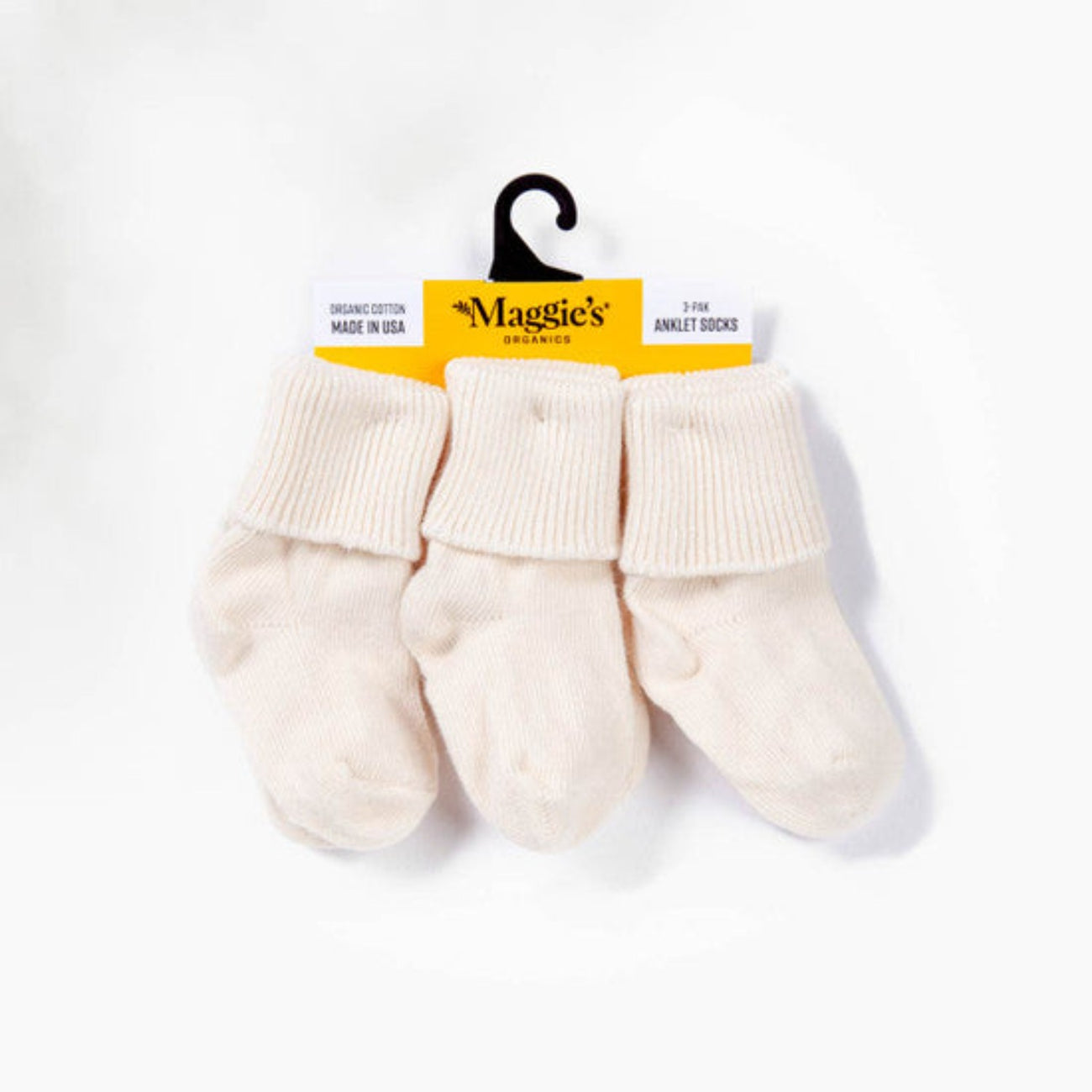
Blanyk - Organic Cotton Baby Swaddle

Blaynk - Organic Cotton Baby Bibs

Naturepedic - Organic Cotton Changing Pad
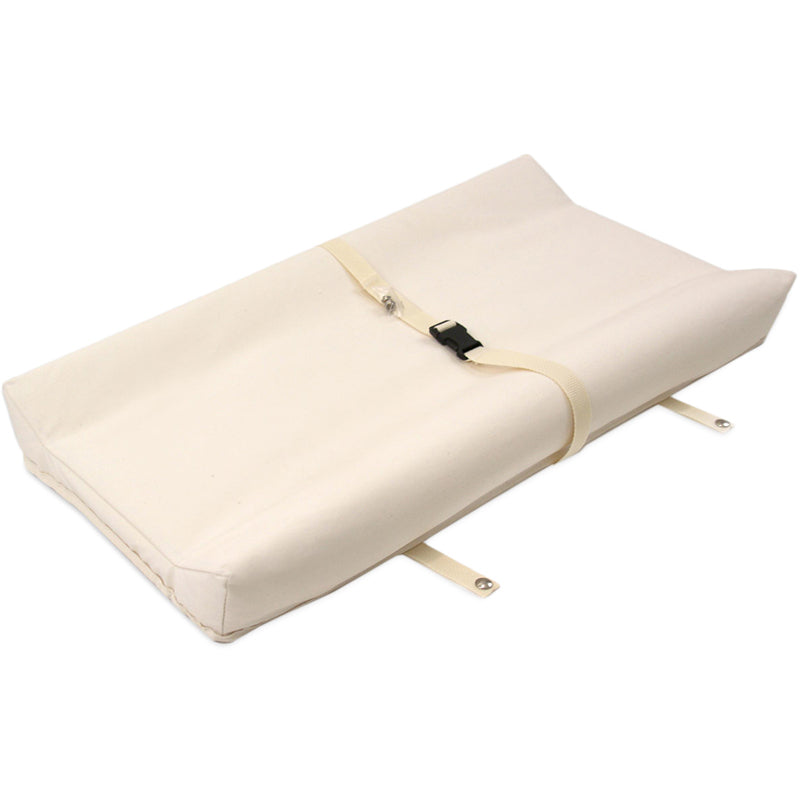
Naturepedic - Organic Cotton Waterproof Crib Mattress
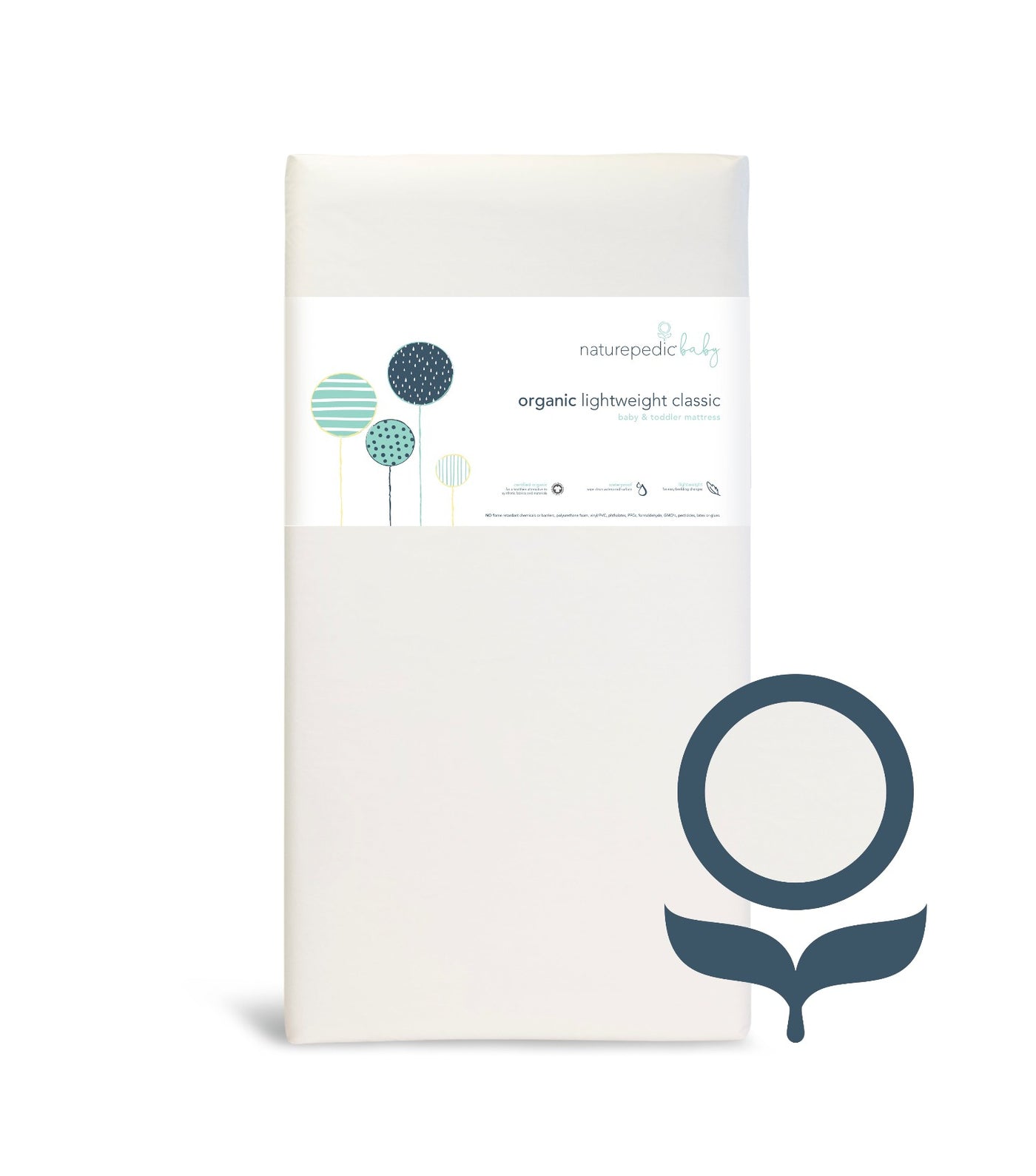
Bumblerride - Organic Cotton Stroller Insert
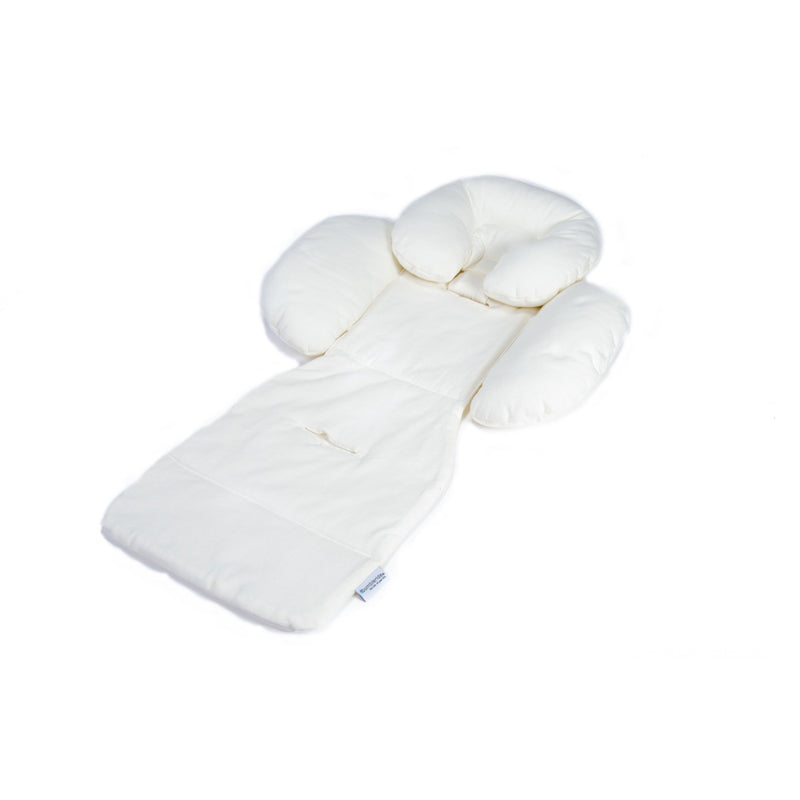
Bedding:
Blanyk - Organic Cotton Sheets

Blanyk - Organic Cotton Duvet Cover

Naturepedic - Organic Cotton Pillow

Bags:
Terra Thread - Organic Cotton Backpack

Terra Thread - Organic Cotton Toiletry Bag
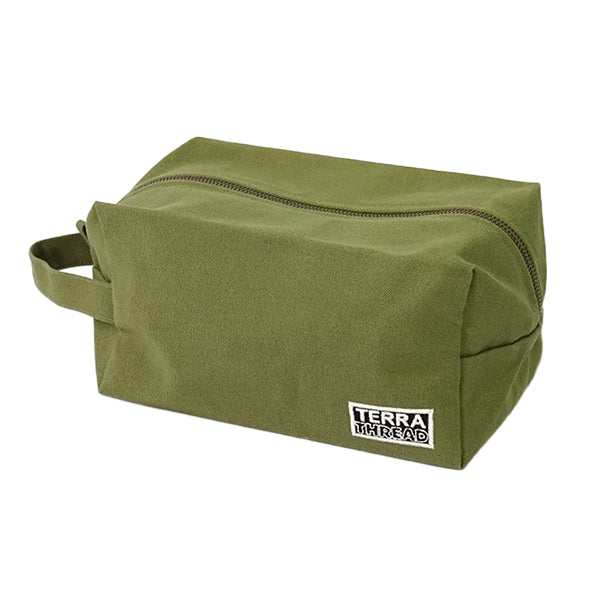
Terra Thread - Organic Cotton Gym Bag
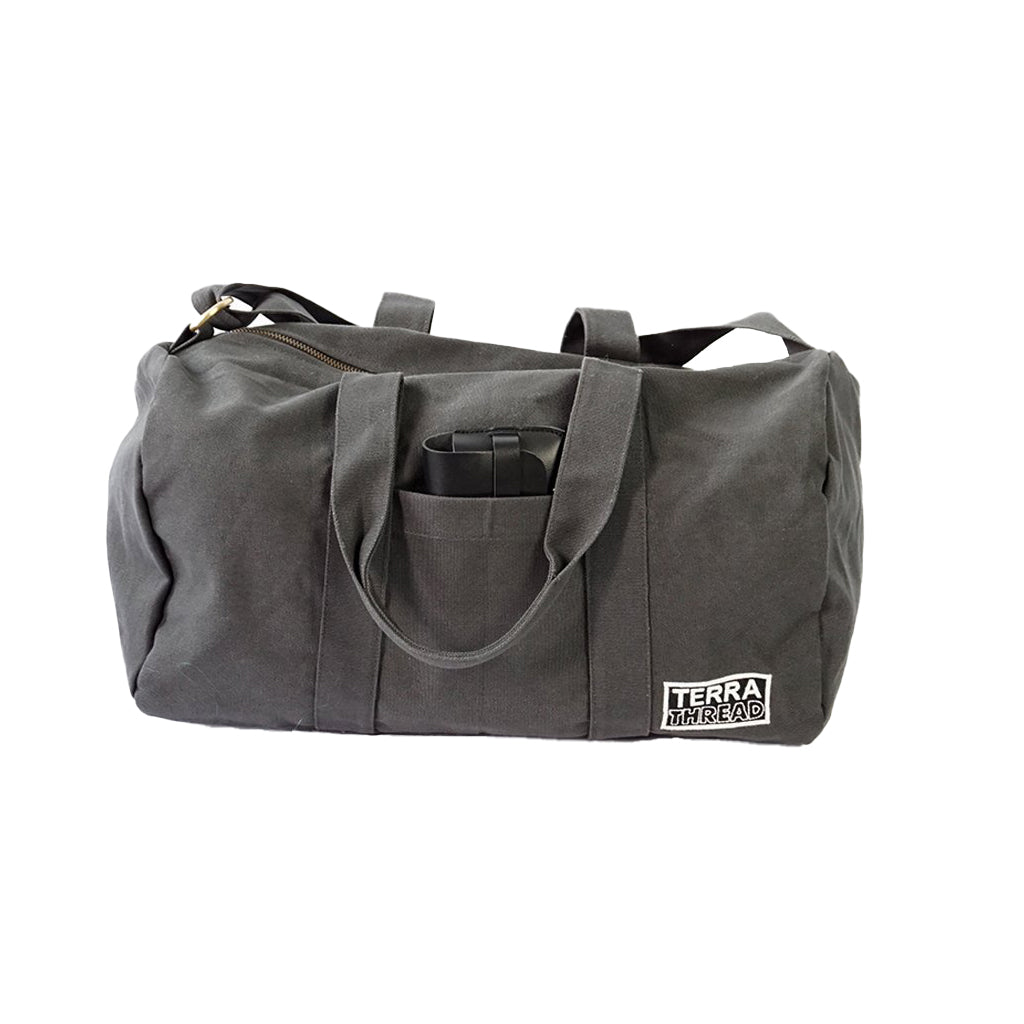
Underwear:
Maggie’s Organics - Organic Cotton Underwear - Bikini
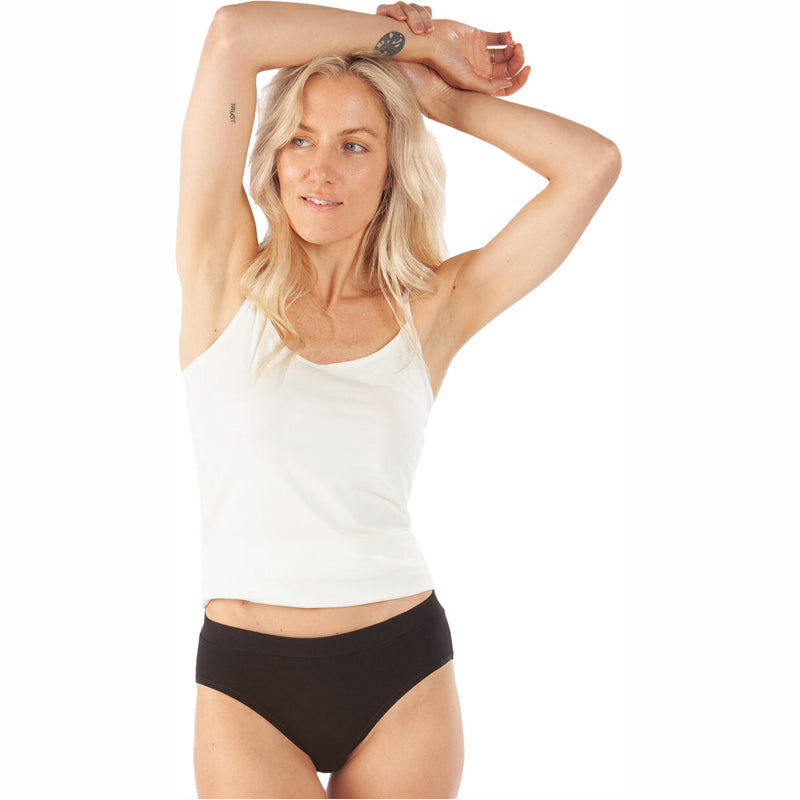
Maggie’s Organics - Organic Cotton Underwear - Boxer Briefs
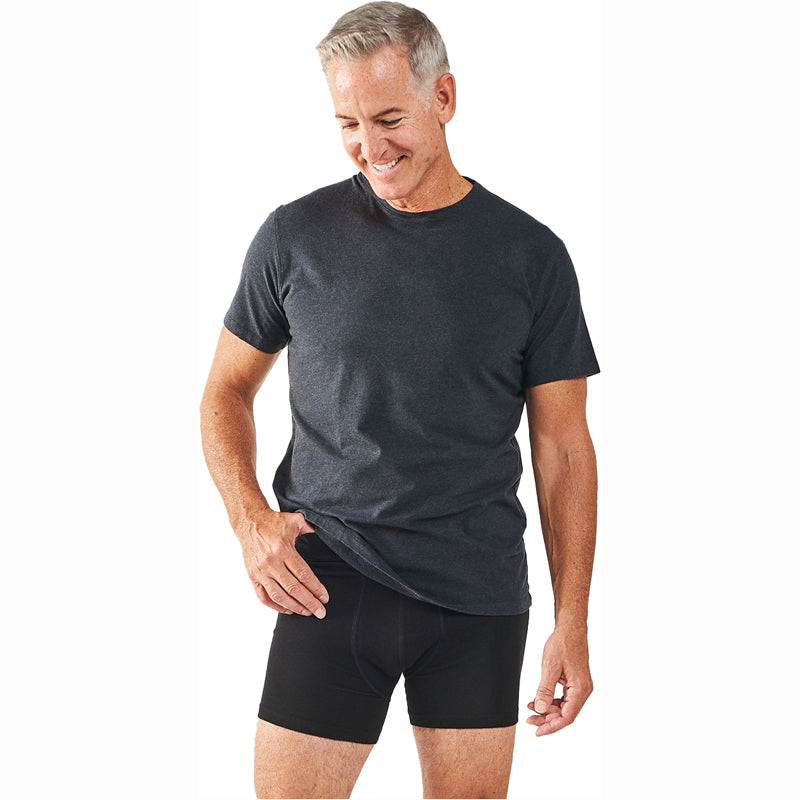
GladRags - Reusable Pantyliner

Clothing & accessories:
Terra Thread - Organic Cotton Beanie
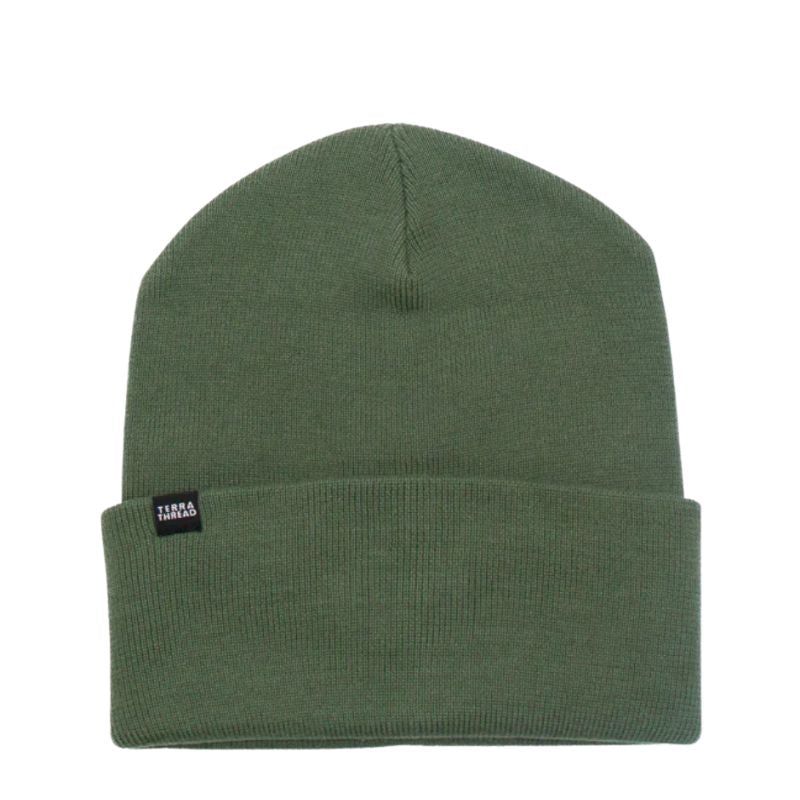
Terra Thread - Organic Cotton T-Shirts

Terra Thread - Organic Cotton Pullover Hoodies

Maggie’s Organics - Organic Cotton Socks
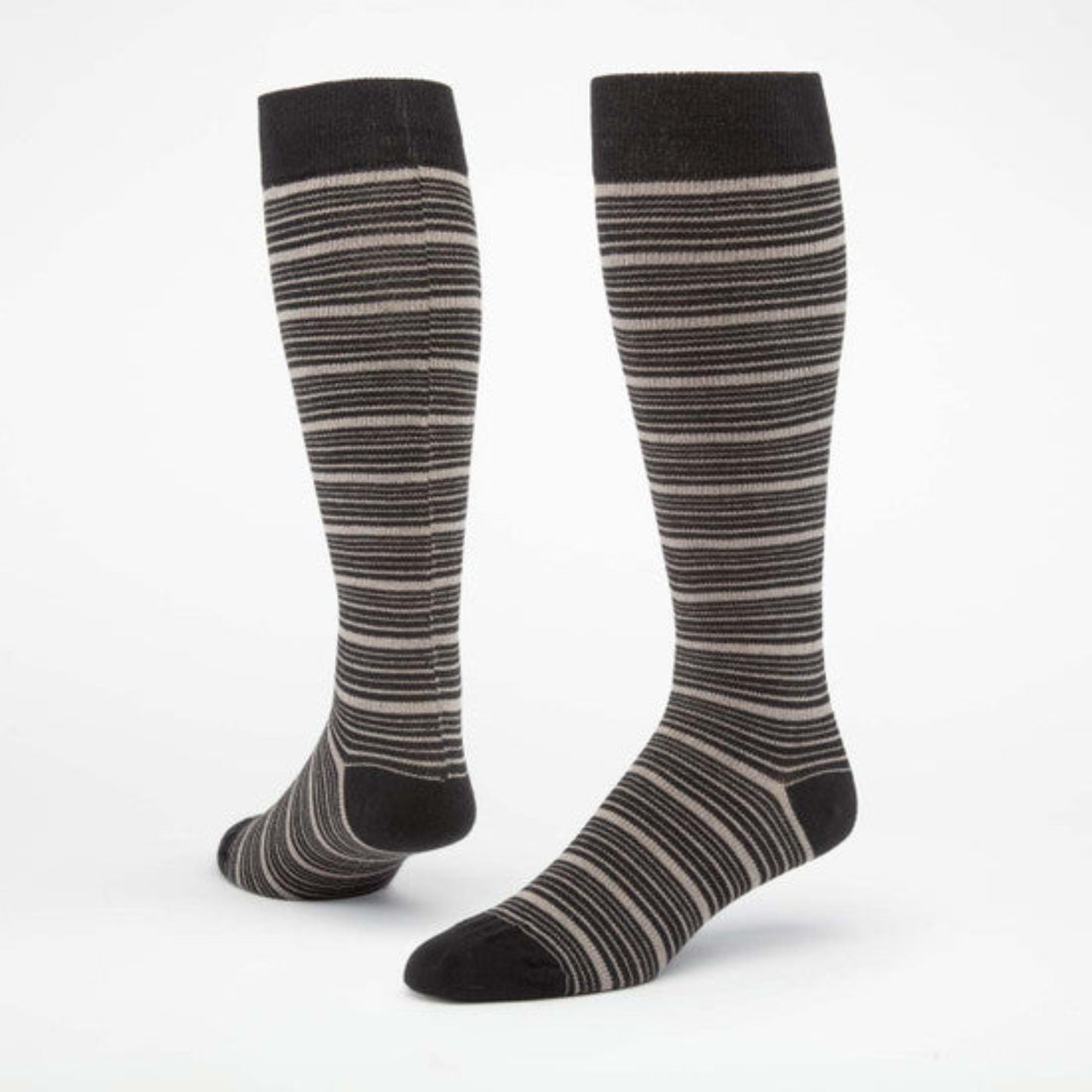
KOOSHOO - Organic Cotton Hair Scrunchies
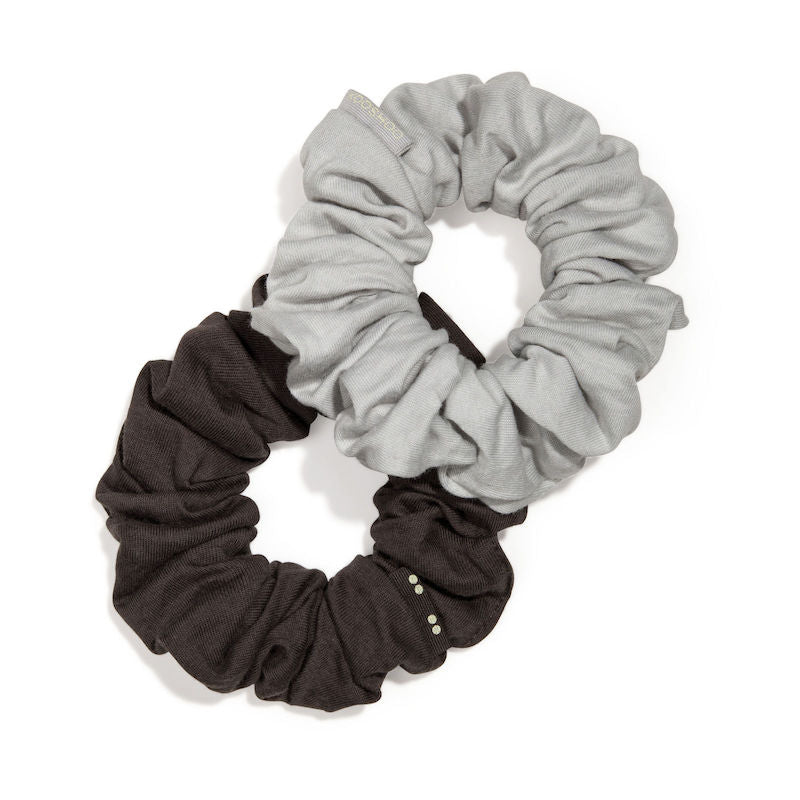
Why Stop At Organic Cotton? Shop Sustainable Fabrics At EarthHero
Thanks for exploring our crash course in organic cotton! While this material is a huge player in the sustainable fashion movement, there are plenty of other awesome organic and recycled fabric options out there. Including sustainably harvested wool, recycled polyester, Tencel (made from wood pulp!), and more.
Let us know in the comments if you’ve like a deep dive into other fabric options!
You Might Also Like:
